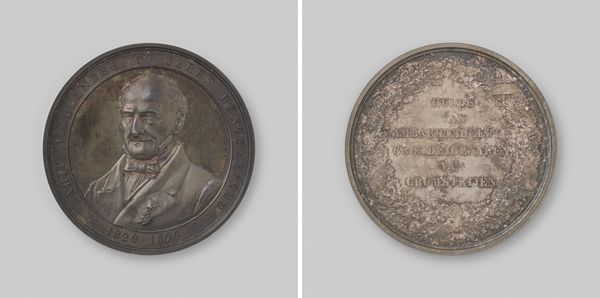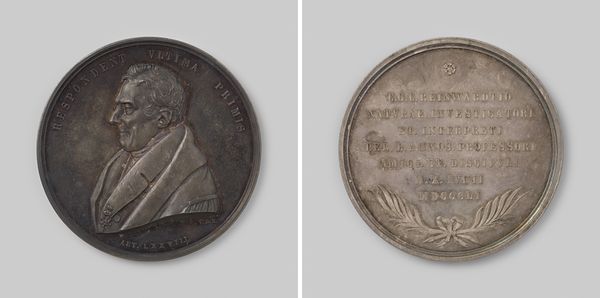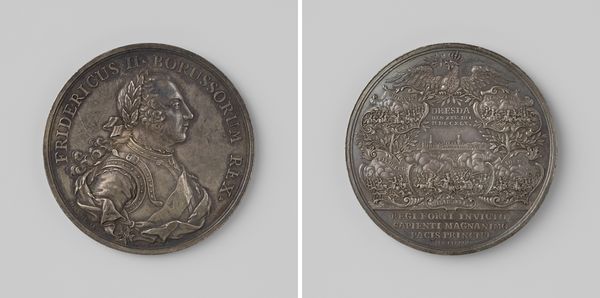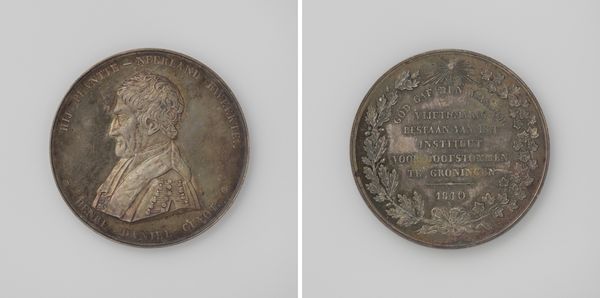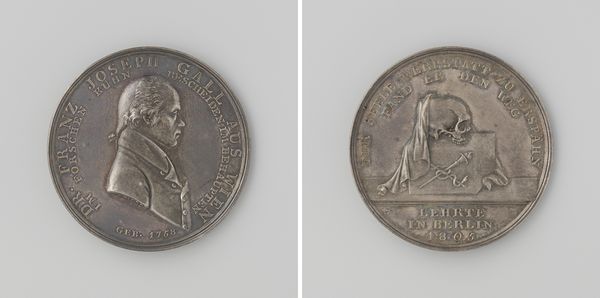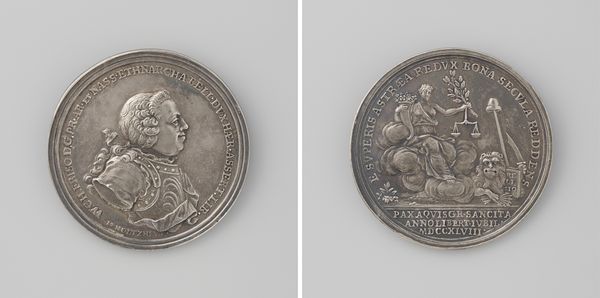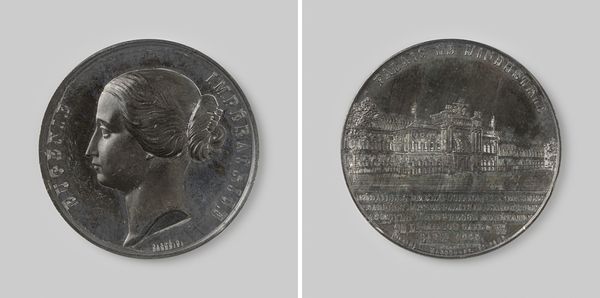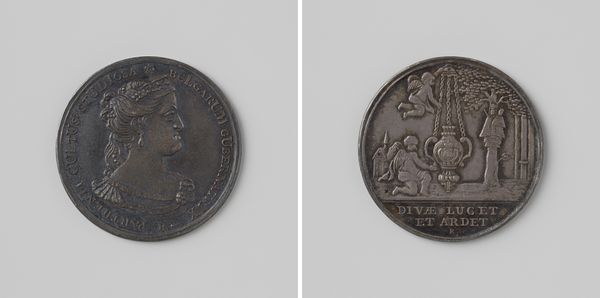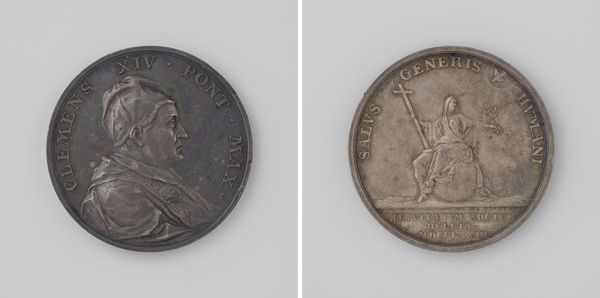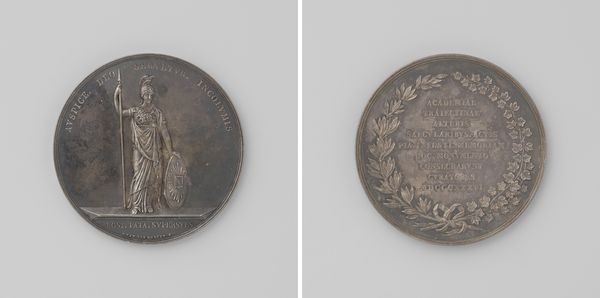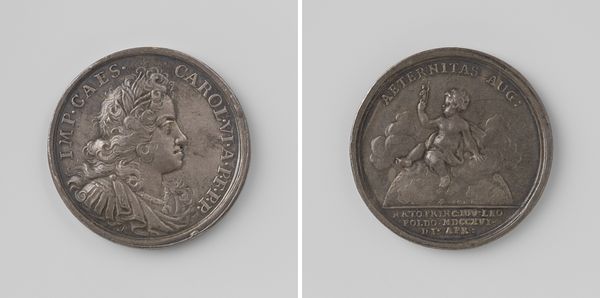
Vijftigjarig bestaan van het Instituut voor Doofstommen te Groningen, opgericht door Henri Daniel Guyot, 1840 1840
0:00
0:00
davidvander18041879kellen
Rijksmuseum
metal, sculpture, engraving
#
portrait
#
neoclacissism
#
metal
#
sculpture
#
sculpture
#
history-painting
#
academic-art
#
engraving
Dimensions: diameter 4.2 cm, weight 18.61 gr
Copyright: Rijks Museum: Open Domain
Editor: Here we have an engraving made by David van der Kellen in 1840. It's called 'Vijftigjarig bestaan van het Instituut voor Doofstommen te Groningen, opgericht door Henri Daniel Guyot', or the fiftieth anniversary of the Institute for the Deaf in Groningen. It’s a commemorative medal, isn’t it? I’m immediately drawn to the crispness of the lines and how they define the portrait on one side and the inscription on the other. What stands out to you? Curator: Initially, one observes the circular form, inherently symbolic of unity and completeness. Kellen has masterfully employed the medium of engraving to create contrasting textures, thereby articulating the division between image and text. Note the directionality of the gaze in the portrait—it is not confrontational but rather directed toward an unseen horizon, imbuing the image with a sense of contemplation. Do you perceive any symbolic resonances within the placement and execution of the text? Editor: Well, the text is framed by what looks like a laurel wreath, so that feels like a classic symbol of victory or achievement. And above it is a radiant light, signifying enlightenment or divine favor, perhaps? The contrast between the portrait and the inscription is stark, though, isn't it? One side is very representational, the other very… symbolic? Curator: Precisely. One must acknowledge that this duality, however, is intrinsic to the piece's signifying function. The representational image roots the commemorative in a particular individual, whilst the abstract elements--the wreath, the text, and the radiant symbol-- universalize its scope, extending it toward broader philosophical implications about knowledge and enlightenment. How do you feel these formal choices relate to the piece's function as commemoration? Editor: I see what you mean! The portrait makes it about a specific person and institution, but the symbols elevate it to something bigger, about the value of education and progress itself. I hadn’t thought about it that way before. Curator: Indeed, a work’s true meaning is rarely evident on a superficial viewing. By applying formal analysis, one is granted insight to its structure, composition, and how this piece participates in the artistic language of its time.
Comments
No comments
Be the first to comment and join the conversation on the ultimate creative platform.
